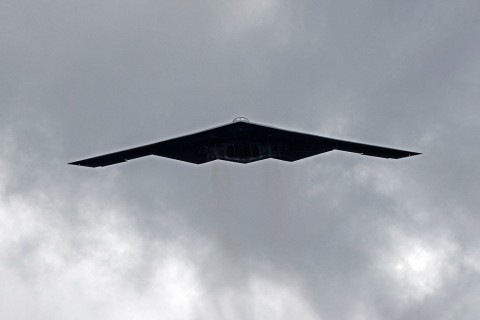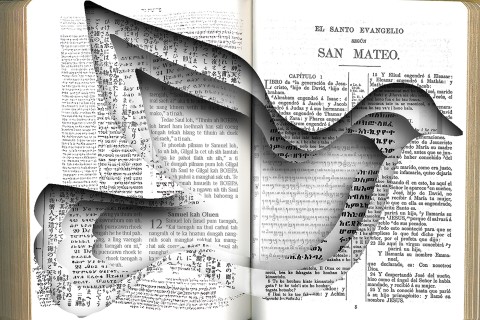(Re)writing songs for Pentecost
Somewhere in my queue of non-time-sensitive articles to write—yes, it’s been there a while—is one on the history and practice of making theologically significant changes to traditional American songs. Not just line-level edits like neutering/diversifying gendered language or using “love” in place of “wrath.” I mean re-imagining songs in a thoroughgoing way, while also preserving much of the existing imagery and language patterns. (I posted some time ago about one historical example.)
I write songs and play traditional music, but I haven’t actually tried this approach myself. Partly because I love this music and am hesitant to change it, spatial dualism (or substitutionary atonement, or us-vs.-them mentality) aside. Also because I take seriously the context and the genuine faith of those who wrote it. Anyway, I may try rewriting most of a traditional song’s words at some point, but I haven’t done it yet.
What I have done is add verses. This comes up in my work as a church musician, and it’s usually pretty last-minute: I choose a song ahead of time, and then later I get a closer look while preparing the bulletin and I balk at some of the words. I end up using some of the existing verses but also adding one, to expand the song’s theology without erasing it. So when we did Hank Williams’s “When I Get to Glory I’m Gonna Sing, Sing Sing,” we pined for heavenly blastoff for a few verses before ending with a new one about how we’ll also be sing, sing, singing right here on earth.




